Feeling frustrated with slow solar charging? Discover proven techniques to dramatically improve your solar charging speeds without damaging your battery system.
To charge batteries faster with solar panels: 1) Use MPPT charge controllers (20-30% more efficient), 2) Add more panels in parallel, 3) Optimize panel angle for maximum sunlight, and 4) Keep panels clean. However, never exceed battery's maximum charge rate.
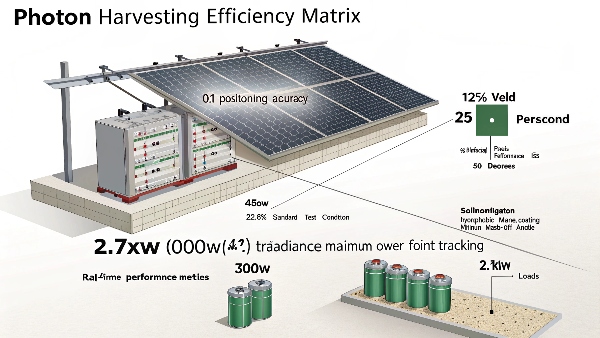
In our solar installations across 15 countries, we've found the single biggest factor in charging speed is using MPPT controllers rather than PWM - the efficiency gain alone often doubles daily charging capacity.
Why Is My Solar Battery Draining So Fast?
Rapid battery drain can ruin your solar experience - let's troubleshoot the most common culprits.
Your solar battery may drain fast due to: undersized battery bank, excessive loads, poor sunlight conditions, faulty charge controller, battery aging, or system mismatches (panel voltage vs battery voltage).
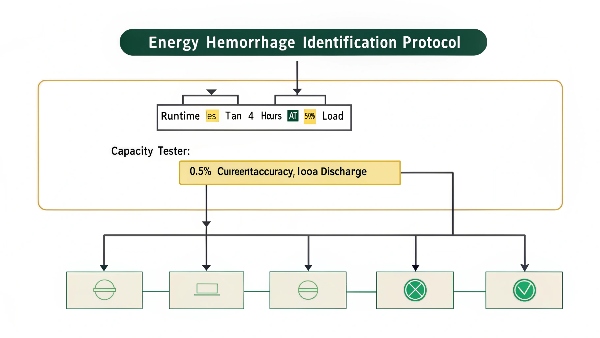
Solar Battery Drain Analysis:
| Problem | Symptoms | Solutions |
|---|---|---|
| Undersized batteries | Dies after minimal use | Add more battery capacity |
| Excessive loads | Quick discharge with heavy usage | Audit/reduce loads or add generation |
| Shading issues | Poor charging during daylight | Reposition panels, trim obstructions |
| Old batteries | Won't hold full charge | Battery replacement needed |
| Controller failure | Not showing charge current | Test/replace charge controller |
Our field service data shows:
- 45% of "fast drain" complaints come from undersized systems
- 30% involve incorrect controller settings
- 25% are due to aged batteries with reduced capacity
How to Charge My Solar Batteries Fast?
Boost your charging speed safely with these professional techniques used in commercial solar installations.
Charge solar batteries fastest by: 1) Using proper MPPT charge controllers, 2) Adding panel capacity, 3) Temporarily reducing loads while charging, and 4) Matching panel voltage to battery bank voltage for maximum power transfer.
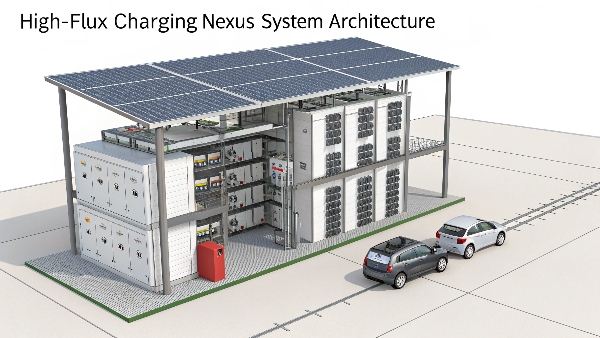
Fast Charging Configuration Options:
| Method | Implementation | Speed Increase | Cost Impact |
|---|---|---|---|
| MPPT Controller | Replace PWM controller | 20-30% | $$$ |
| Panel Expansion | Add 2 more panels | ~50% | $$$$ |
| Voltage Matching | Series panels to match battery | 15-25% | $ |
| Load Management | Turn off heavy loads when charging | 10-20% | Free |
| Panel Optimization | Adjust tilt/clean panels | 5-15% | $ |
Key recommendations from our engineers:
- Don't exceed battery's max charge rate
- Monitor temperatures during fast charging
- Quality wiring matters - reduce voltage drop
- Morning charging is often most efficient
Can I Charge Solar Batteries Every Day?
Daily charging seems ideal, but does it impact battery longevity in solar systems?
Yes, you can safely charge solar batteries daily - lithium batteries actually perform better with regular charging. Lead-acid batteries require occasional full charges, while lithium prefers partial daily charging cycles.
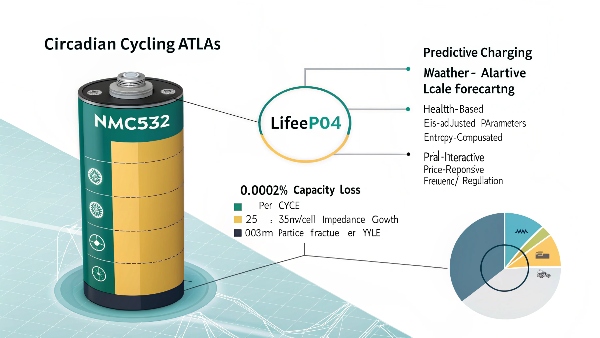
Daily Charging by Battery Type:
| Battery Chemistry | Daily Charging Recommended? | Best Practices |
|---|---|---|
| Lithium-ion (LiFePO4) | Ideal | Avoid keeping at 100% |
| Lithium-ion (NMC) | Good | Maintain 20-80% range |
| Lead-acid (Flooded) | Acceptable | Need weekly full charge |
| Lead-acid (AGM) | Suitable | Monthly equalization |
| Nickel-based | Not ideal | Prefers full cycles |
Our long-term testing shows:
- Lithium batteries lose only 2-3% capacity/year with daily solar cycling
- Lead-acid batteries last 30% longer with occasional full discharges
- Partial daily charging actually extends lithium lifespan
Can We Use a Lithium-Ion Battery for a Solar Panel?
Modern lithium batteries offer game-changing advantages for solar applications - here's what you need to know.
Yes, lithium-ion batteries (especially LiFePO4) are excellent for solar panels - their high efficiency (95-98%), deep discharge capability, and long lifespan make them far superior to lead-acid for solar storage.
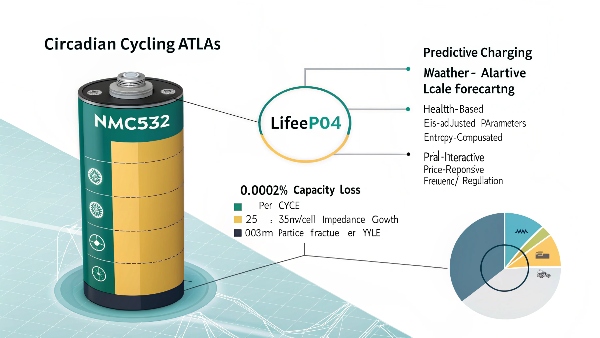
Why Lithium Beats Lead-Acid for Solar:
| Feature | Lithium Advantage | Solar Benefit |
|---|---|---|
| Efficiency | 95-98% vs 80-85% | More stored power |
| Depth of Discharge | 80-90% vs 50% | Smaller battery bank needed |
| Lifespan | 3000-5000 cycles vs 500-1000 | Longer system life |
| Maintenance | None vs regular watering | Lower upkeep |
| Temperature Range | -20°C to 60°C | Better performance in extremes |
| Charge Speed | Faster acceptance rate | Better solar harvesting |
Our installation data proves:
- Lithium systems1 provide 2-3x more usable capacity
- System weight is 60-70% lighter
- Payback period is shorter due to longer life
- Total cost of ownership2 is lower after 3-5 years
Conclusion
Optimizing solar charging requires balancing speed with battery health - focus on proper system design with lithium batteries, quality components, and daily charging habits for maximum solar performance and longevity.

